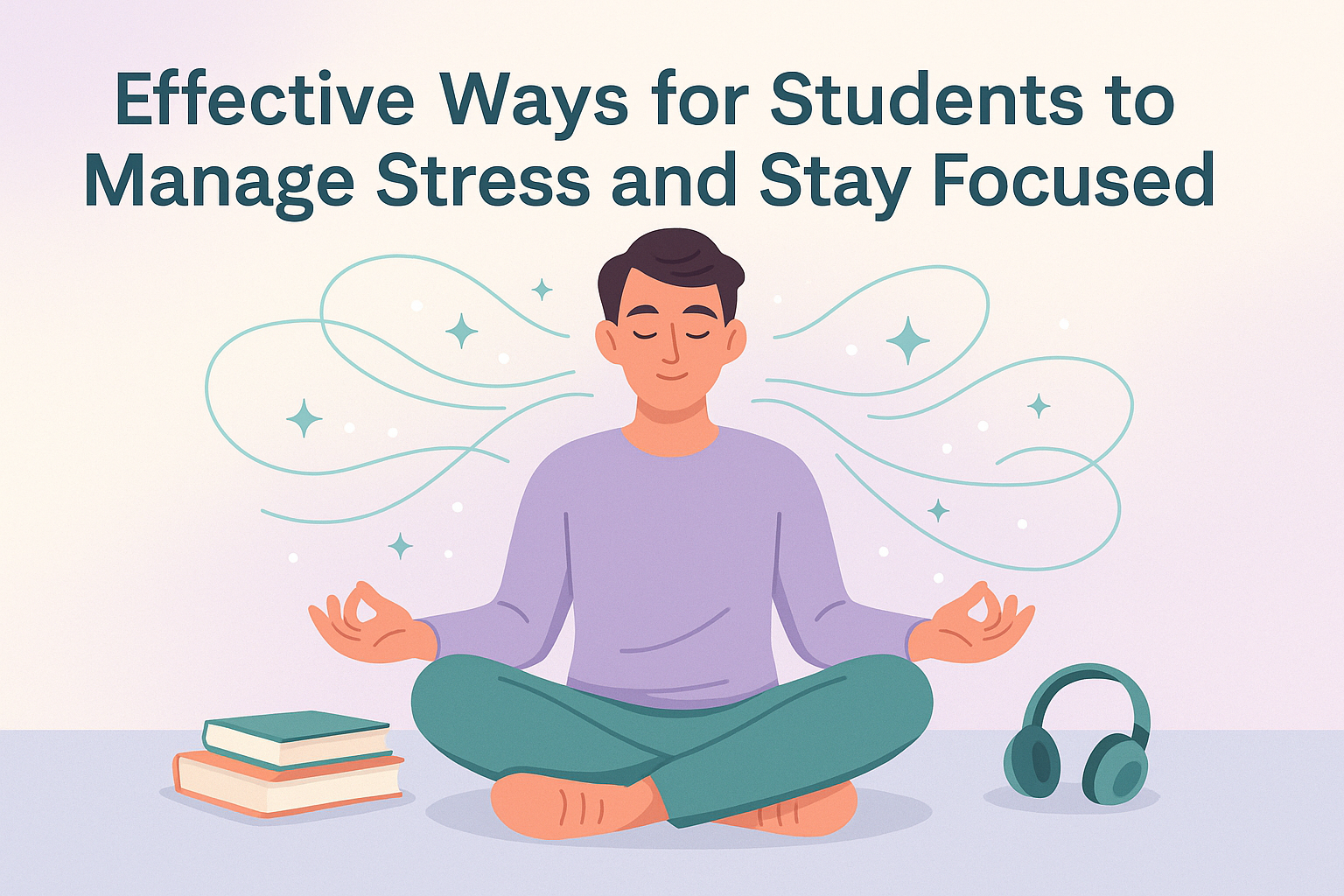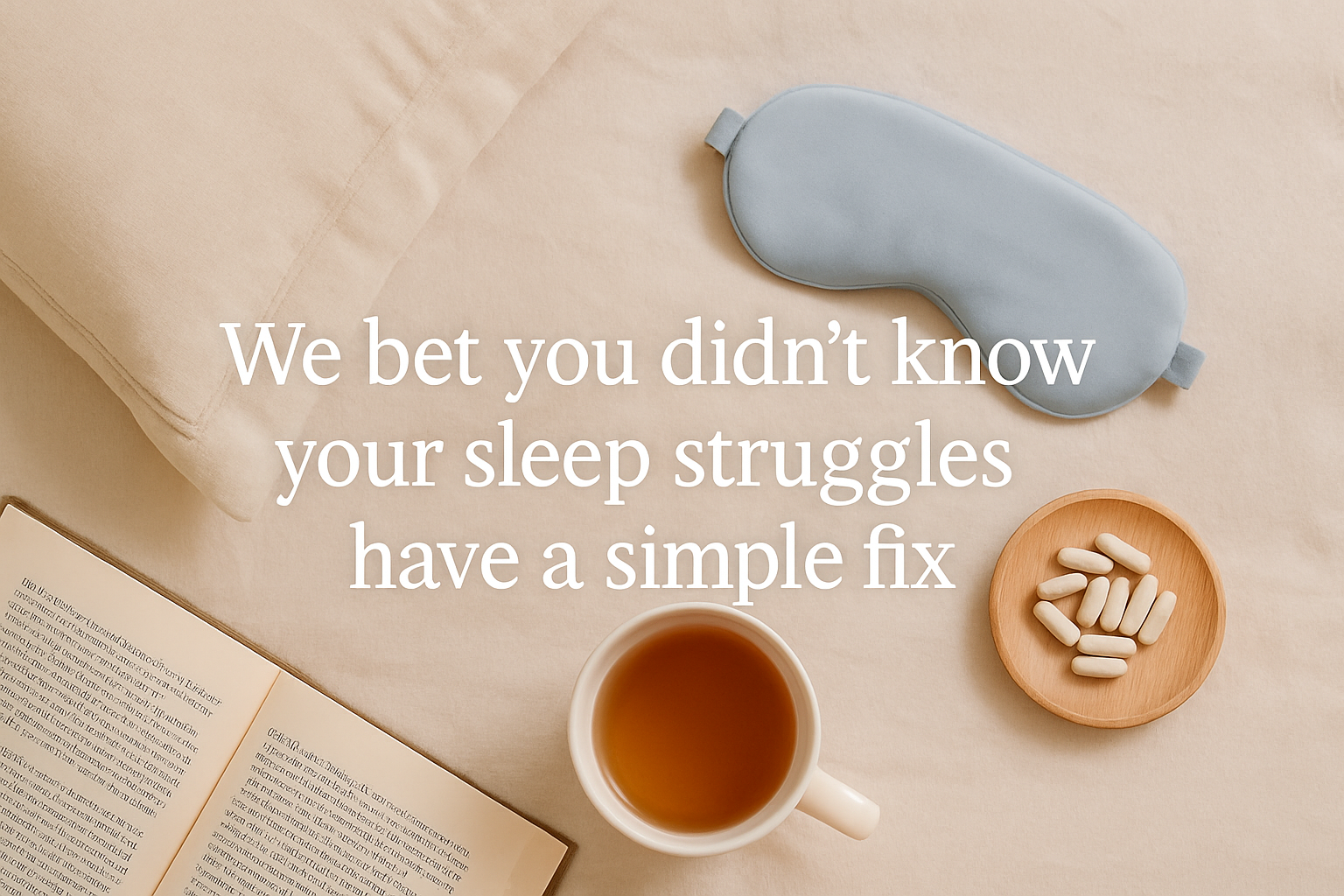
5 Sleep Profiles You Should Know and What They Mean for Your Health
Quick Summary What Is a Sleep Profile When most people hear “sleep quality,” they think only of duration or whether they fall asleep easily. However,
If you’ve ever wondered how to be happy in a more lasting way, not just on good days, you’re not alone. Happiness isn’t something you stumble upon by accident. Often, it’s the result of small, consistent habits that gently steer your mood upward over time.
Habits shape our lives in subtle but powerful ways. They influence how we spend our time, manage stress, and process emotions. Positive habits can serve as mental scaffolding, providing structure and support even during challenging times.
Research suggests that regular physical activity can improve life satisfaction and reduce depressive symptoms. Sleep is also a major factor. Without enough rest, it’s harder to regulate emotions, stay focused, and enjoy daily life.
The good news is that you don’t need to overhaul everything at once. Even small habits, practiced regularly, can help shift your mindset toward more joy and calm.
Exercise helps relieve stress, improve mood, and support mental clarity. It doesn’t have to be intense or time-consuming. A short walk, light stretching, or dancing around the house can be enough to start seeing benefits.
The key is to do something each day that gets you moving.
Most adults need around seven hours of sleep per night to function well. Without it, everything from memory to mood takes a hit.
Set a consistent bedtime, limit screen time before bed, and make your room comfortable and quiet. Good sleep supports emotional resilience and clearer thinking.
Gratitude helps your brain notice what’s going right instead of what’s missing. Each night, write down two or three things you appreciated that day, big or small.
Over time, this habit shifts your perspective toward noticing positives. Some people also use calming or relaxing supplements to support restful evenings; for example, Calm by Wellness offers CBD‑based products that some say help with stress and sleep (though it’s best to consult a health professional before adding anything new).
Physical clutter often leads to mental clutter. Taking 15 to 20 minutes each week to tidy a drawer, counter, or corner can make your environment feel calmer and manageable.
Even small areas, when cleared, create a sense of order and ease.
Strong relationships are consistently linked to greater happiness and lower stress levels. Reach out to a friend, share a meal with someone, or even just text someone you care about.
You don’t need a large social circle—just a few real connections make a difference.
Spending time outdoors, even in short bursts, is shown to improve mood and reduce anxiety.
Whether it’s a walk through a park, sitting in the sun, or simply observing greenery, nature has a grounding, calming effect on the brain.
Helping others often leads to a greater sense of purpose and connection. This doesn’t require a big time commitment. You could volunteer locally, support a cause, or simply help a neighbor.
Even small acts of kindness can lift your spirits and deepen your sense of community.
Spending intentional time alone is a great way to reconnect with yourself. Go to a museum, treat yourself to coffee, or explore a part of town you’ve never visited.
This helps build confidence and reminds you that you can enjoy your own company.
Life gets busy, and it’s easy to focus on what’s not going well. Once a month, set aside a few minutes to write down things you’re proud of, grateful for, or excited about.
This helps balance out negative thoughts and gives your mind something positive to revisit when needed.
At least once a year, take time to check in with yourself. Consider what’s changed, what’s worked, and what hasn’t.
This kind of reflection can bring clarity, helping you align your actions with what matters most to you.
Your needs and values change over time, so your goals should too. Take stock of what still feels meaningful and what you might be ready to let go of.
This helps you stay aligned with your current priorities rather than clinging to outdated expectations.
Annual checkups, dental visits, vision screenings, and other preventive care support more than just your body. Physical health is deeply connected to emotional well-being.
Taking care of yourself in this way creates a strong foundation for happiness.
If you’ve tried building new habits and still feel persistently low, unmotivated, or overwhelmed, you may be dealing with more than everyday stress. Conditions like depression or anxiety are common and treatable with professional support.
Speaking with a mental health provider can help you understand what’s going on and offer tools tailored to your needs.
Happiness isn’t a finish line to cross. It’s something you build day by day through small, intentional practices. Movement, sleep, gratitude, connection, and reflection all shape your inner world, slowly nudging your baseline toward more ease and joy.
If a product like Calm by Wellness seems appealing for evening calm or stress relief, that can be one of many tools in your toolbox, used thoughtfully and in consultation with your healthcare provider. The heart of how to be happy is in the choices you repeat.
Start with one habit. Give it a week or two. Add another. Over time, you’ll find a rhythm that feels supportive, sustainable, and deeply yours.

Quick Summary What Is a Sleep Profile When most people hear “sleep quality,” they think only of duration or whether they fall asleep easily. However,

Quick Summary Why Sleep Trends Matter We often think of sleep as passive. But in 2025, rest is becoming a priority in wellness. Thanks to

Quick Summary What Is Excessive Daytime Sleepiness? Excessive daytime sleepiness (EDS), also known as hypersomnia, is the persistent struggle to stay awake and alert during

Quick Summary What’s Actually Causing Student Stress? Let’s be real, school can be a lot. It’s not just about keeping up with grades. Many of

Quick summary Can’t Fall Asleep Fast? Start Here Lying in bed and staring at the ceiling can feel frustrating and endless. Whether your mind is